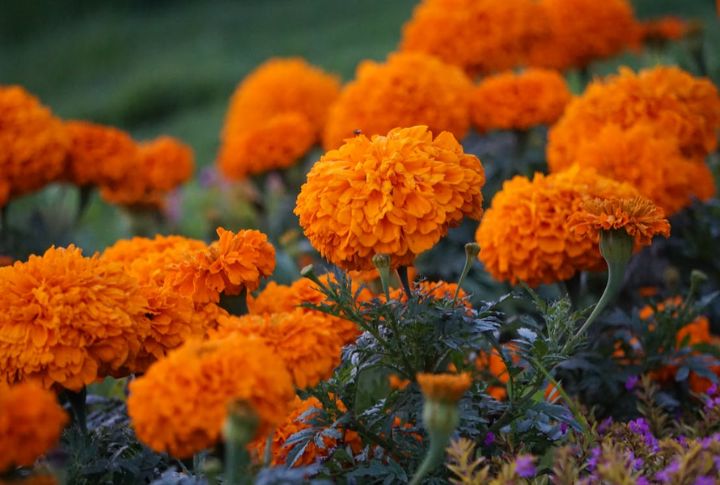
Your garden deserves flowers that work as hard as you do. Orange blooms deliver that reliable performance everyone craves. Some varieties handle scorching heat while others push through light frost. So, here are 20 such options that adapt to different weather conditions beautifully.
Marigolds
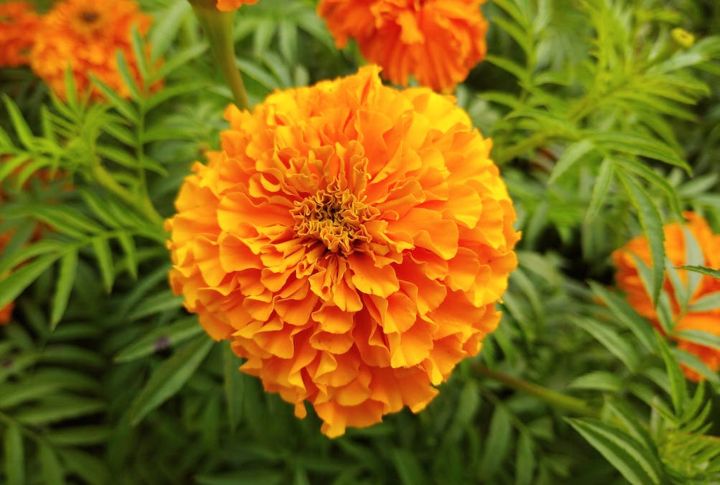
These cheerful annuals deliver nonstop color from spring through the first hard frost, making them garden workhorses. Out of these, pure orange varieties like ‘Orange Boy’ and ‘Bonanza Orange’ pack a serious visual punch. Their mosquito-repelling scent keeps pests away naturally.
Orange Nasturtiums
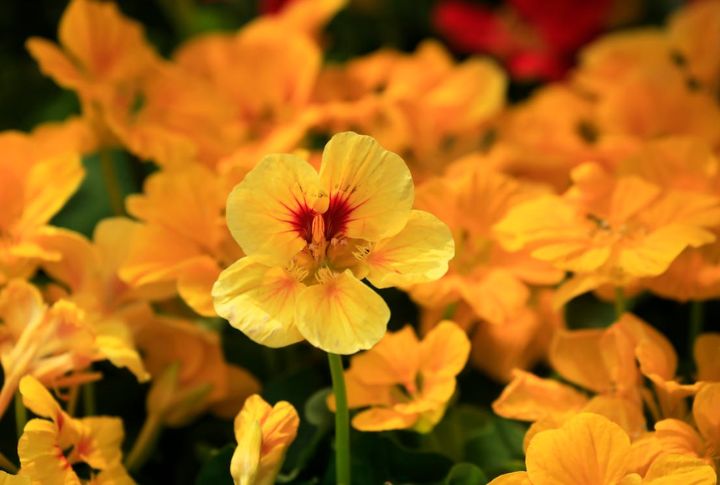
Who knew flowers could be this delicious? Nasturtium petals have a peppery flavor reminiscent of watercress and make a fantastic addition to salads. Both flowers and leaves contain high levels of vitamin C. Watch climbing varieties rocket up to ten feet in just one growing season.
Tiger Lilies
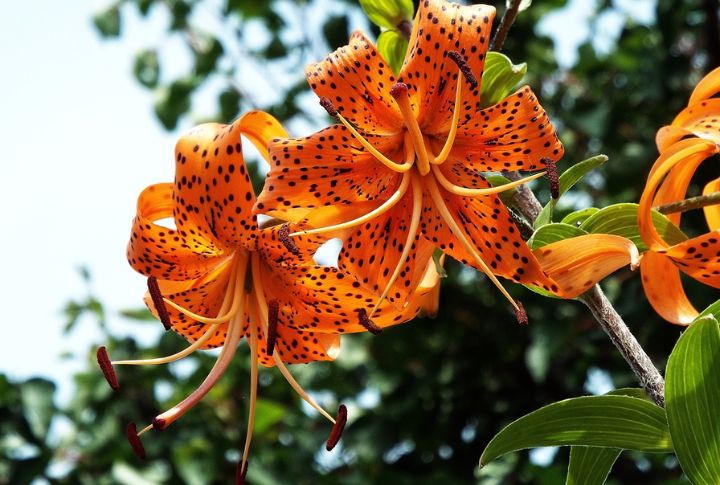
Talk about flower power. Each stem produces up to forty brilliant orange blooms. These hardy perennials laugh at brutal -35°F winters and return reliably for decades. It is said that Asian immigrants brought these showstoppers to America during the 18th and 19th centuries, creating naturalized colonies.
Orange Calendulas
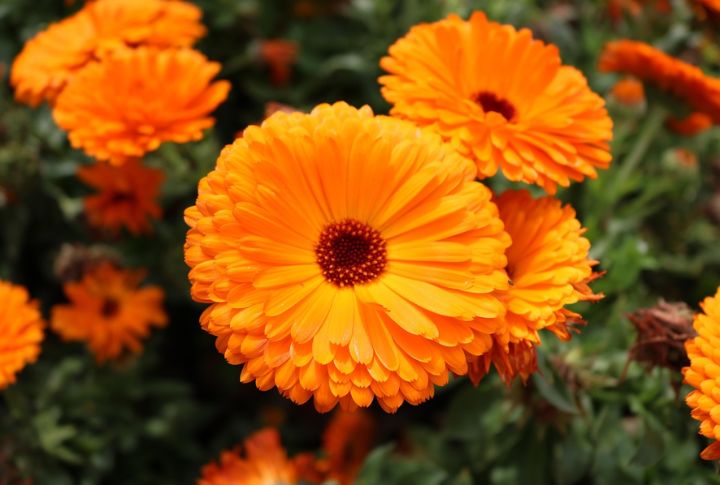
Modern gardeners tend to love their honey-spiced, edible petals. These flowers push through light frosts like champions, although heavy snow finally halts their growth. Additionally, self-seeding causes expanding colonies year after year, making them pretty decent low-maintenance options for your garden.
Butterfly Weed
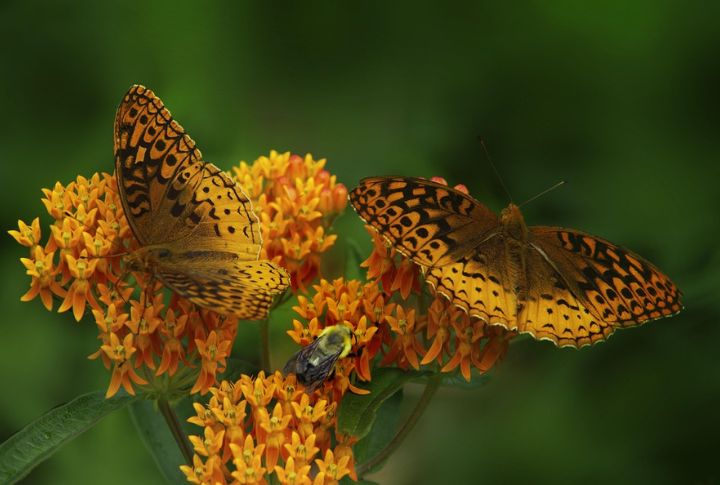
Do you want instant butterfly magnetism? This native wildflower provides an essential habitat that attracts a diverse range of species with irresistible nectar. Deep taproots develop amazing drought tolerance, allowing them to thrive in poor soil without even the need for fertilizer.
Orange Zinnia
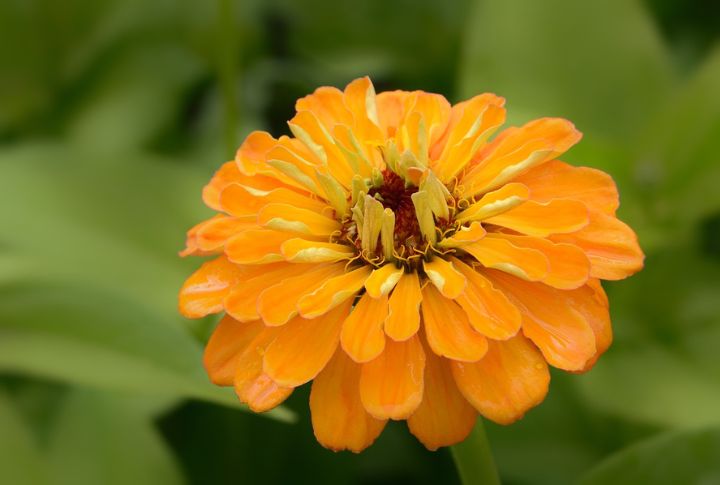
Mexican heritage shows in zinnias’ love for scorching heat and relentless blooming from late spring through frost. ‘Orange King’ produces spectacular four-inch diameter flowers that originated in forests and grasslands. Single plants generate numerous flowers throughout the growing season, making them of exceptional value.
Orange Cosmos
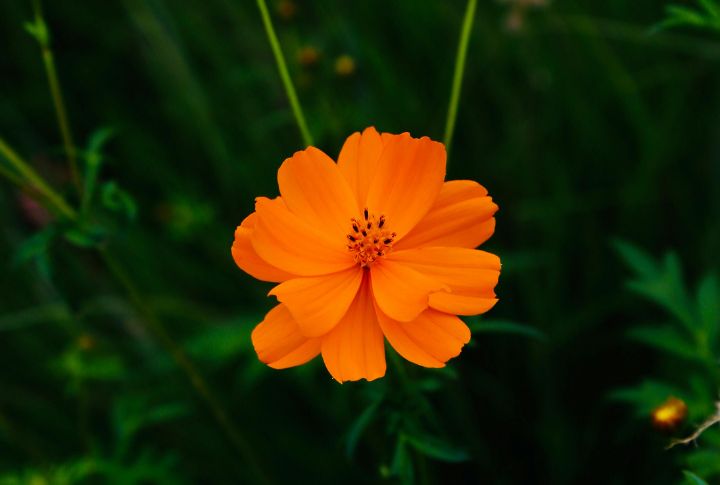
Savvy gardeners plant cosmos once and enjoy larger displays each year through the plant’s aggressive self-seeding. These beauties perform daily flower shows, closing petals at night and reopening each morning. Originally thriving in diverse habitats, they’ve adapted worldwide with remarkable success.
Papaya-colored Dahlias
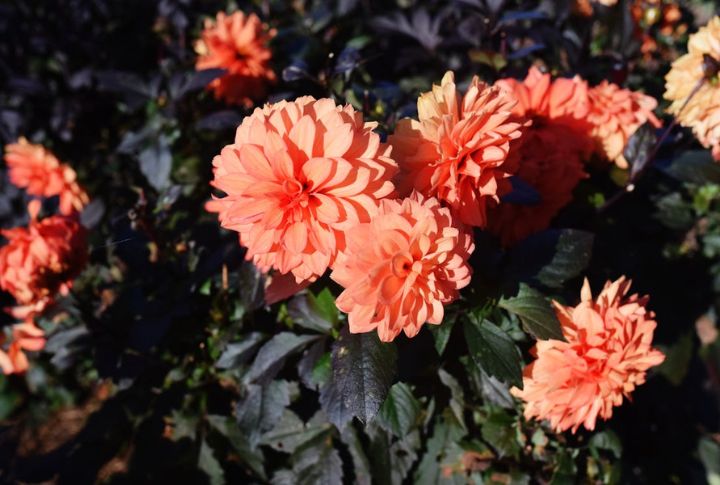
Storage secrets unlock decades of intriguing creations. Simply dig up the tubers after the frost and replant them next season. Dinner plate varieties reach twelve incredible inches across. Today’s gardeners choose from over 42,000 registered varieties, crafting endless orange possibilities.
Orange Celosia
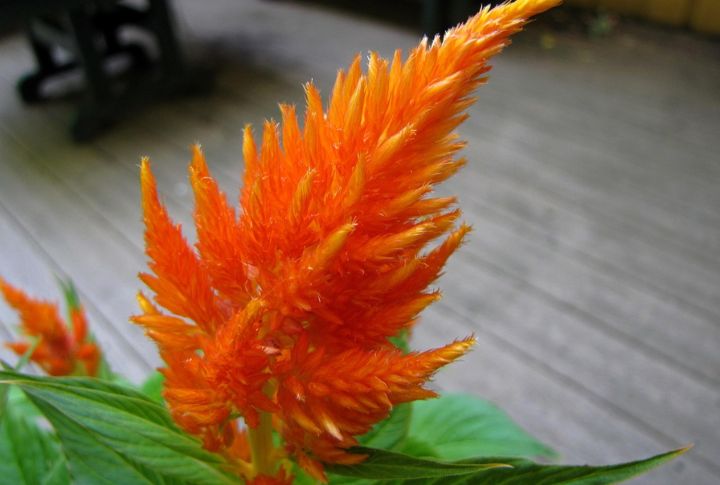
Flame-shaped plumes retain gorgeous color even after drying, making perfect winter arrangements that last months. Heat-loving plants actually prefer temperatures above 90°F, surviving where others struggle. Those brain-shaped ‘cockscomb’ varieties can weigh over two pounds, while 43,000 tiny seeds fit in one ounce.
Orange Impatiens
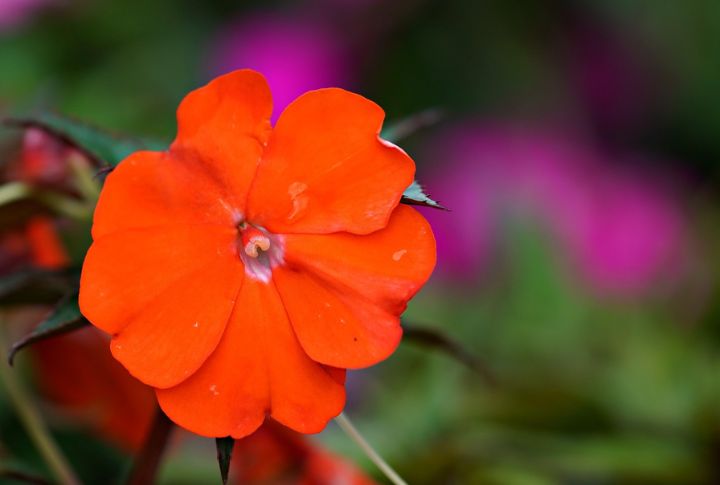
Shade gardeners finally have their hero. Impatiens grow continuously where other flowers give up completely. New Guinea varieties adapt to both sun and shade conditions with unmatched flexibility. Touch their seed pods and watch seeds explode up to six feet away.
Orange Lantana

Year-round flourishing becomes a reality in zones 9-11, where lantana flowers 365 days straight without stopping. Once established, these drought champions need watering only monthly, making them a great pick for low-maintenance environments. Aggressive spreading earned them invasive status in warm climates.
Orange Poppies
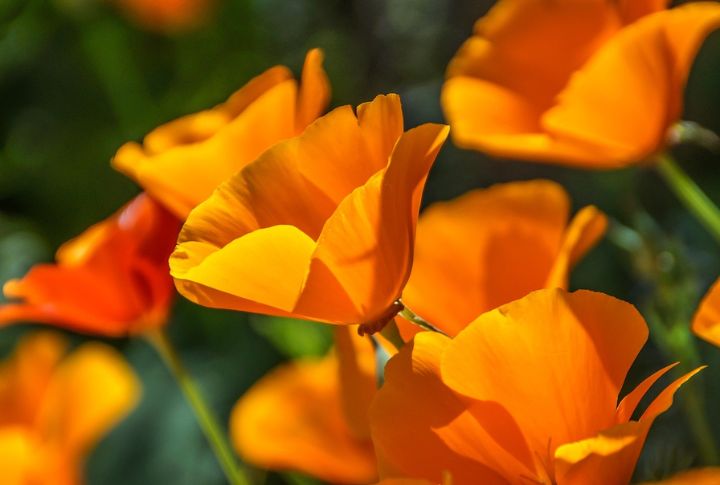
California’s state flower since 1903, these sunshine-sensitive beauties close on cloudy days and reopen when the sun returns. Self-seeding welcomes expanding patches that return larger each year without replanting effort. Apparently, dormant seeds can wait up to ten years in soil before sprouting.
Orange Chrysanthemums

Autumn’s arrival triggers the growth of our photoperiod-sensitive flowers when the daily daylight drops below 12 hours. Hardy varieties laugh at -20°F winter temperatures while producing edible flowers popular in Asian teas. It is said that extended fall flowering periods make them valuable for late-season garden color.
Orange Begonias
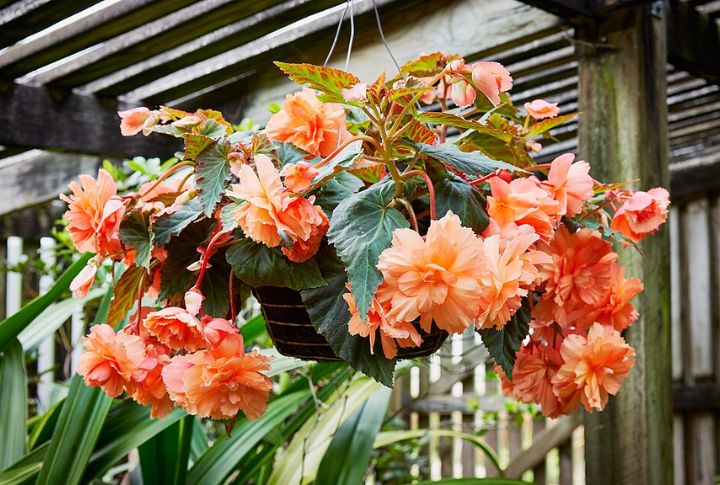
Tuberous varieties offer years of replanting potential when stored adequately after each growing season. Their edible flowers and leaves taste surprisingly sour, adding unique flavors to salads. Certain cascading varieties produce three-foot stems, which are great for hanging baskets. These were first discovered in tropical South American rainforests.
Orange Gerbera Daisies
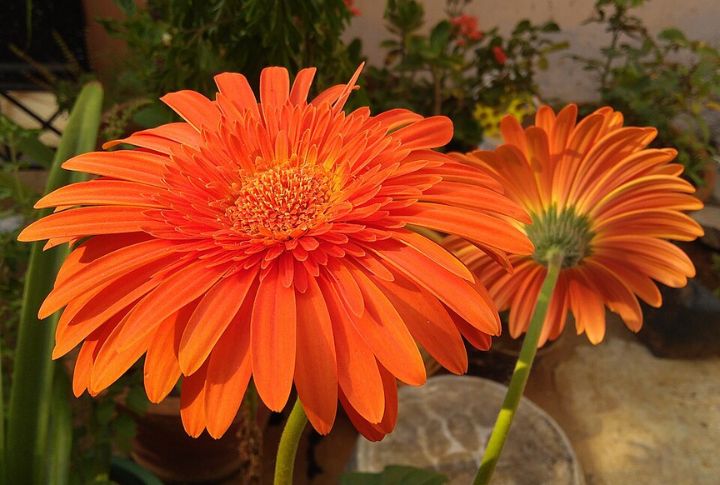
Perennials that survive in warm climates bloom for several months each year, making them excellent choices for cutting gardens. When cut and adequately cared for, these flowers are even capable of maintaining their freshness in a vase for 2 to 3 weeks.
Orange Rudbeckia

Native wildflower heritage is evident in Rudbeckia’s 3–4 month straight blooming period and its stunning wildlife value. The seeds provide critical winter food for many bird species during harsh months. Besides, shorter plant lifespans are offset by wide spreading through prolific reseeding.
Orange Daylilies
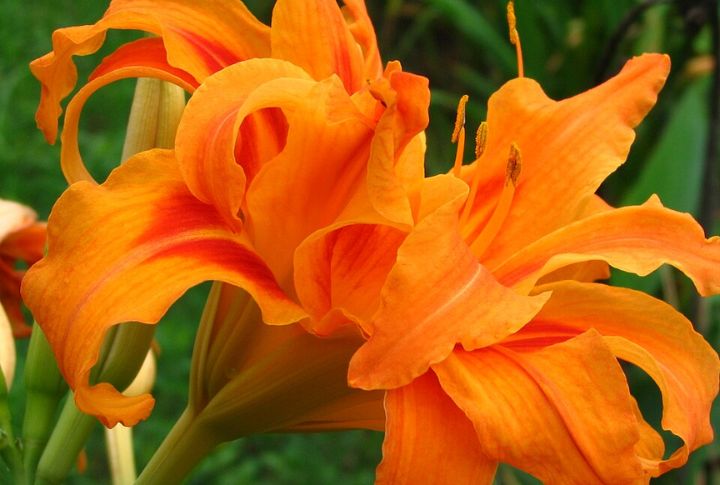
Daily flower replacement keeps displays fresh as each bloom lasts one day, while plants produce dozens more. Its peak blooming continues 4–6 weeks with proper care and deadheading. Interestingly, the edible flower buds have a very similar taste to green beans when cooked.
Orange Hibiscus
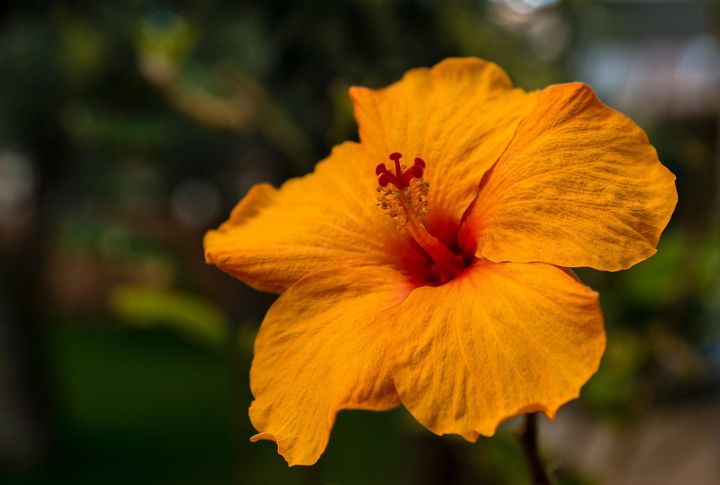
Massive 6–12-inch flowers evoke a tropical paradise feeling in temperate gardens with proper winter protection. These plants can live for over 50 years if provided with the right winter protection. Besides, every beautiful flower attracts hummingbirds throughout the day.
Orange Canna Lilies
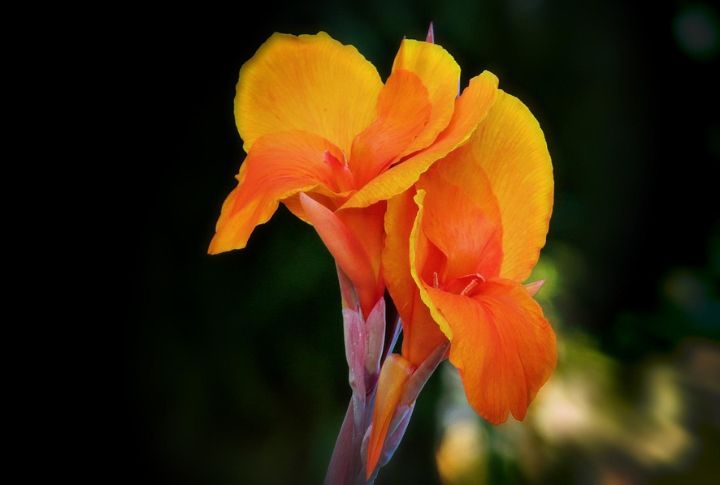
Underground rhizome multiplication creates expansive displays that grow larger and better each year. Heat tolerance reaches extreme levels as these plants thrive in temperatures exceeding 100°F, which wilts other flowers. Their historical bullet use came from tough seeds that were repurposed during wartime.
Orange Crocosmia
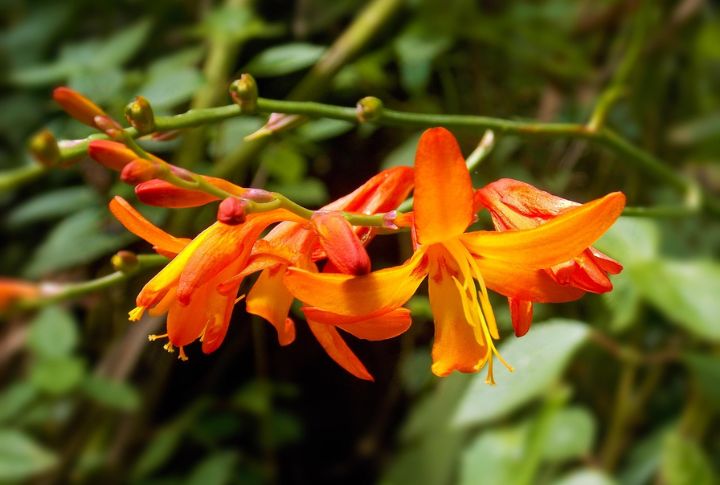
Underground corm multiplication doubles the number of plants yearly. It is said that the mid-to-late summer blooming period lasts 6-8 weeks, with arching flower spikes. Those dry seed pods rattle distinctively, earning unique sound-based recognition. The origins of South African grasslands explain their tough, adaptable nature.

